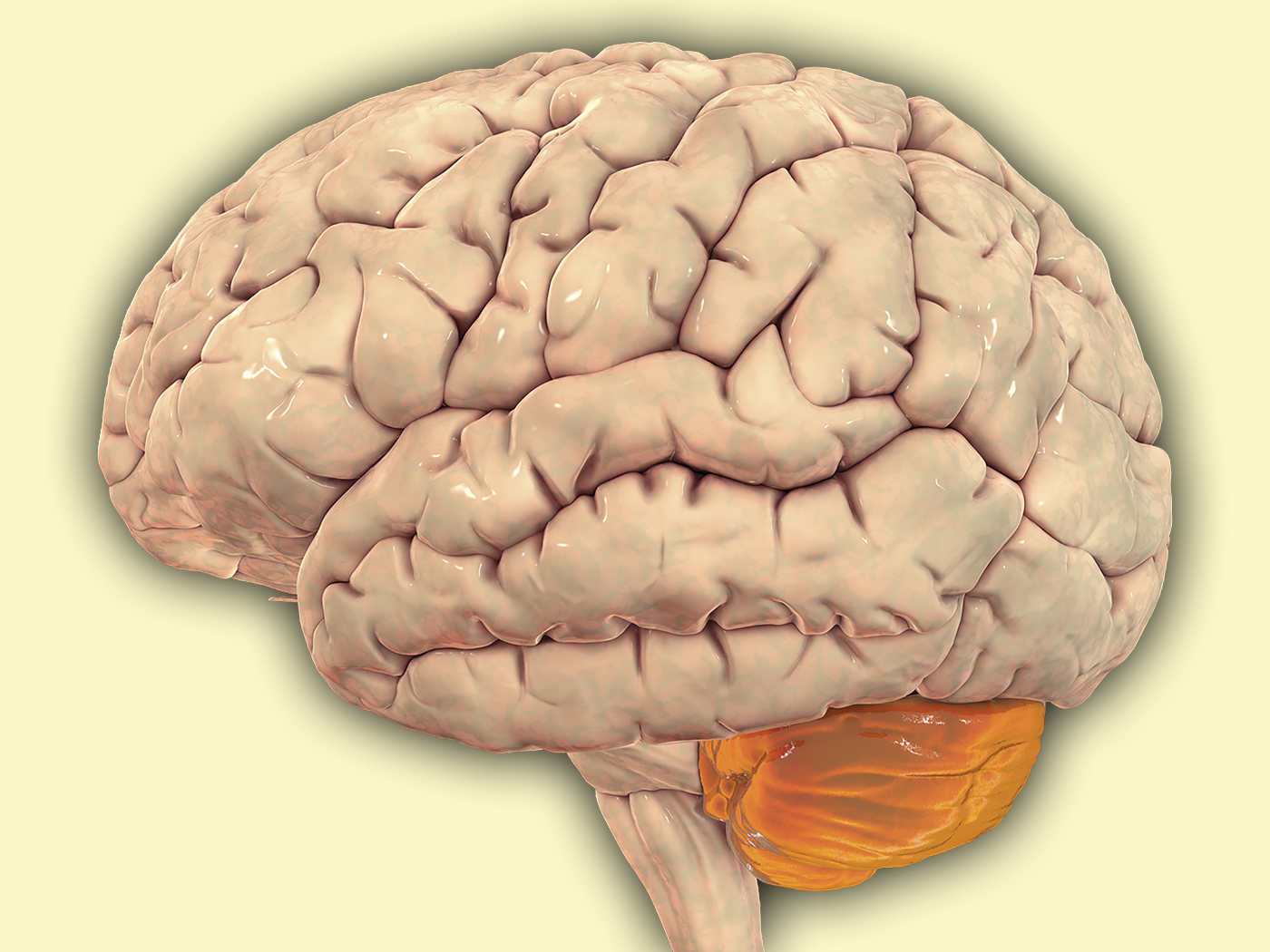Darwinism has invaded astronomy at many levels. This underscores the contention that Darwinism is not just a theory about the origin of species--it is an all-encompassing worldview.
The most obvious extension of Darwinism into astronomy has been in Astrobiology1 and SETI.2 The foundation of both ventures is the belief that the same natural processes assumed to have produced life on earth probably produced it on other planets as well. This is clear in the Drake Equation of SETI's founding father, Frank Drake. It relies on the assumption that life will emerge on some planets, and in certain cases will evolve up to intelligence. Further evidence of SETI's debt to Darwin can be found in the SETI Institute's description of its high school curriculum: "Evolution is the core theme of Voyages Through Time."3
A cursory reading of SETI literature reveals its adherence to a godless cosmology. In the movie Expelled: No Intelligence Allowed, Richard Dawkins admitted that life might have been intelligently designed--by aliens. But he assured a surprised Ben Stein that "at some earlier time somewhere in the universe, a civilization evolved probably by some kind of Darwinian means."4 Expelled also showed portions of an early documentary called "Cosmic Evolution" that wove a seamless tale from Big Bang to man. This is typical of the genre: evolution is presented as the grand unifying theme of astronomy as well as biology.
Another level of Darwinism in astronomy is the application of the word selection to planets, stars, and galaxies. This is evident in the Anthropic Principle. Why do we live on a habitable planet orbiting a life-friendly star in a galactic habitable zone? The inevitable explanation, once again, is natural selection: because we’re here, nature must have selected a habitat where life could evolve. Many astrobiologists go further and assume life will evolve wherever the conditions are right.
The ultimate level of cosmic Darwinism is the multiverse hypothesis.5 Advocates of the multiverse freely employ "natural selection" or "environmental selection" as a law-like mechanism that filters through a nearly-infinite supply of random universes and selects the ones where life can emerge and evolve. Random variation and natural selection--the pillars of Darwin's theory--have thus been extrapolated into ultimate realms of the unseen and unknowable.
Statements by Darwin about astronomy are rare, but he was driven by two ideas that motivated him and his disciples to extrapolate natural selection without limit. One was his fascination with the accumulation of small changes. The other was his desire to explain everything, even the human mind, by natural laws, of which the "law" of natural selection is his legacy. But who does the accumulating? And who does the selecting? Biographer Janet Browne described how Darwin agonized over the word "selection" when critics pointed out the word’s inherent personification.6 "Nature" cannot select without being cast in personal, teleological terms.
Darwin promoted a mindless cosmos, subject to the undirected accumulation of numerous successive, slight, chance variations. Less than a year before his death, though, he expressed "horrid doubt" whether his own mind could be trusted if it had developed from the lower animals.7 He should have doubted further whether any law that depends on chance is a "law" at all. Stripped of personification, natural selection can be adapted to explain anything--and therefore explains nothing.
Darwin Day is a good time to re-evaluate the trustworthiness of an animal mind attempting to explain the universe with reference to a natural law that reduces to: "Stuff happens."
References
- Coppedge, D. F. 2006. Astrobiology: Follow the…. Acts & Facts. 35 (7).
- Coppedge, D. F. 2006. SETI: Design in Spite of Itself. Acts & Facts. 35 (9).
- Education and Public Outreach Programs. SETI Institute. Posted on seti.org.
- Stein, B. 2008. Expelled: No Intelligence Allowed. DVD. Directed by Nathan Frankowski. Premise Media Corporation, L.P.
- Coppedge, D. F. 2006. There's Only One Universe. Acts & Facts. 35 (12).
- Browne, E. J. 2002. Charles Darwin: The Power of Place. Princeton, NJ: Princeton University Press, 311-312.
- Letter to William Graham, Down, July 3, 1881.
* David Coppedge works in the Cassini Program at the Jet Propulsion Laboratory. The views expressed are his own.
Cite this article: Coppedge, D. 2009. "Stuff Happens": A Review of Darwin's Influence on Modern Astronomy. Acts & Facts. 38 (2): 37.














